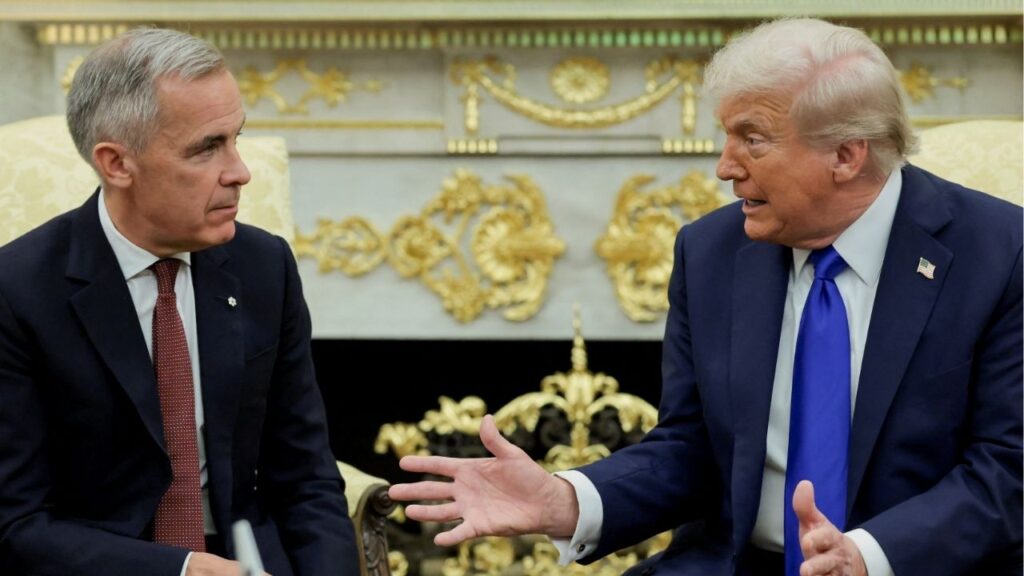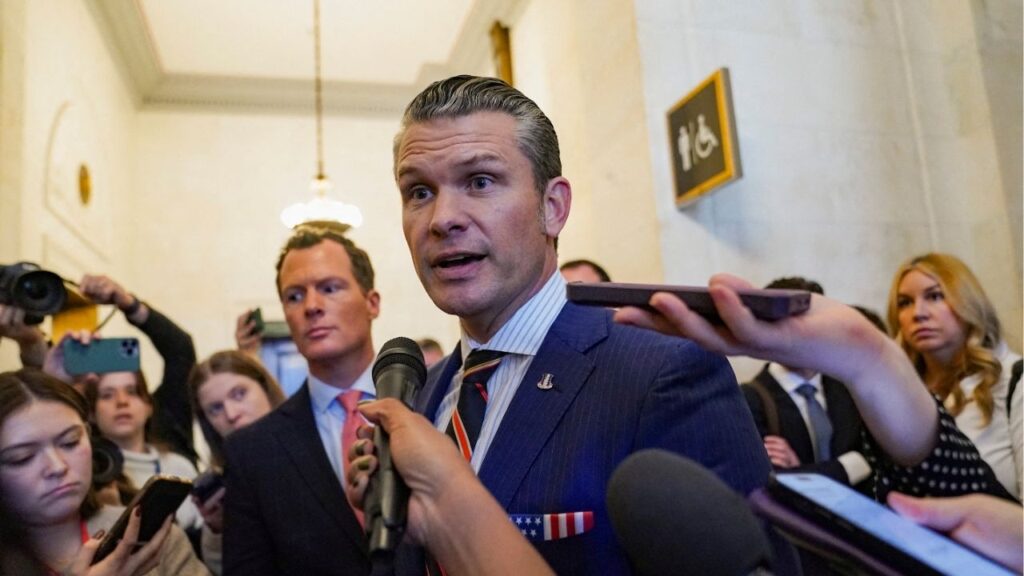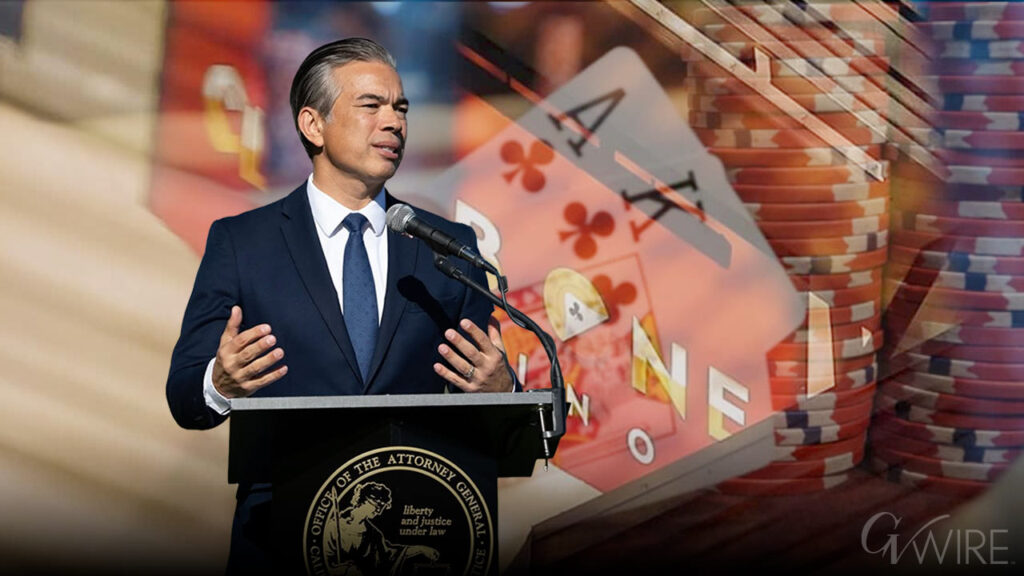Former President Donald Trump, the Republican presidential nominee, arrives for a campaign rally in Atlanta, Oct. 15, 2024. Trump’s costly tax agenda undermines the changes he signed into law in 2017. Some Republicans are wary. (Nicole Craine/The New York Times)

- Trump’s new tax-cut proposals, including "no taxes on tips," face skepticism from Republicans over their cost and feasibility.
- Extending the 2017 tax cuts already poses a challenge for Republicans, amid rising interest rates and a growing deficit.
- Some of Trump’s recent proposals, like restoring SALT deductions, contradict key reforms in the 2017 Tax Cuts and Jobs Act.
Share
|
Getting your Trinity Audio player ready...
|
WASHINGTON — When former President Donald Trump started proposing new tax cuts on the campaign trail, pledging “no taxes on tips” in June, Republicans rallied around his idea. Even Vice President Kamala Harris, his Democratic rival, copied it.
Four months and half a dozen proposed tax cuts later, Republican lawmakers and aides on Capitol Hill, as well as some economists in touch with Trump’s campaign, are taking a more circumspect approach. Asked whether they supported Trump’s proposals, a typical response was: Let’s see after the election.
“I’ll decide what my position is on it once we see what the whole picture is next year,” Sen. Mike Crapo, R-Idaho, who could lead the chamber’s tax-writing committee if his party regains control of the Senate, said last month.
Related Story: McConnell Called Trump ‘Stupid’ and ‘Despicable’ After ...
Trump’s Ideas May Be Too Expensive
The caution is a sign that Trump’s ideas may be too expensive and outlandish for Republicans in Congress to embrace. The rest of the party had been focused on extending the 2017 tax cuts that Trump signed into law. Some of Trump’s recent proposals undercut changes that were made as part of that tax package.
Even if Trump and his party control Washington next year, Republicans will be in a far different place on tax policy than they were in 2017. Back then, Republicans on Capitol Hill spent years making plans for a tax overhaul, with a focus on cutting the corporate tax rate and simplifying elements of the code.
Once they were in office, they put those plans into motion. Trump’s general desire to cut taxes fit in with the party’s preexisting agenda, and conservatives achieved many of their goals with the 2017 Tax Cuts and Jobs Act.
Related Story: Why Did Trump Snub ’60 Minutes’? ‘Maybe It’s Me,’ ...
To avoid recording a large increase in the 10-year budget deficit, Republicans scheduled many of the tax cuts to expire after next year. The expiring changes include many that benefit middle-class Americans, like lower marginal tax rates and an increase in the standard deduction that taxpayers can claim.
Simply extending those cuts was expected to be a difficult political debate of its own, especially if Democrats, who want to roll back some of the 2017 cuts, have a seat at the table next year. And then came Trump’s ideas to not tax tips, overtime pay or Social Security benefits, among others.
“Because of all the progress made, there’s less political and economic urgency surrounding tax reform, and in that vacuum, there’s been less consensus on what to do,” said Donald Schneider, a former Republican aide on the House Ways and Means Committee. “There’s unfinished business, but from Trump’s perspective, just extending things doesn’t sell very well.”
Trump Promises Retirees Will Pay Less
Trump has frequently framed his tax plans as promises to groups of voters, like retirees, that they will pay less in tax if he wins. That’s part of an effort to present Republican tax cuts, long attacked by Democrats as giveaways to the rich, as helping working Americans. (Trump’s latest proposals, depending on how they are designed, could still largely benefit high earners.)
The purely political nature of Trump’s proposed tax cuts has raised hopes among certain Republicans and conservative economists that some of his ideas will fade from the agenda once the election is over.
Republicans had already been scrambling to figure out how to cover the cost of extending the 2017 law, estimated at more than $4 trillion over 10 years, during a period of elevated interest rates and already swollen deficits. Trump’s agenda overall could cost as much as $15 trillion over 10 years, according to the nonpartisan Committee for a Responsible Federal Budget, on top of the $22 trillion the United States is already expected to add to the debt over that time period.
But in a sign that he genuinely wants to cut taxes further, Trump has repeatedly praised the period of American history before the United States even collected an income tax — and relied on tariffs to fund the government.
Related Story: Harris Agrees Trump Is a Fascist: 5 Charlamagne Interview Takeaways
“And then they went to the income tax stuff, and it was a whole different story,” Trump, who himself did not pay income taxes for years, said last week. “Then you had the Depression.”
Some of his recent ideas would undermine a central reform in the 2017 tax law he signed: limiting the number of deductions people claim.
The goal, shared by many liberals, was to simplify the system and tax Americans with the same income at roughly the same rate. That was accomplished by increasing the standard deduction, then limiting deductions for state and local taxes and mortgage interest. The share of Americans who itemize their deductions, rather than take the standard deduction, plunged to 9% from 31% after the Tax Cuts and Jobs Act became law, according to the Tax Policy Center, a think tank.
Last week in Detroit — home to some of the country’s biggest automakers — Trump called for creating a new deduction for interest payments on car loans. Trump had earlier told a New York audience that he would restore the full deduction for state and local taxes. That deduction, often referred to as SALT, is a costly measure that Republicans limited to $10,000 as a way to reduce the overall cost of the 2017 bill. The SALT deduction is popular in high-tax blue states like New York and New Jersey.
In an interview on CNBC last month, Rep. Jason Smith, R-Mo., the chair of the House Ways and Means Committee, said Congress could potentially increase the deduction’s limit but not remove it entirely. “There is no way in a Republican House of Representatives that you can pass an unlimited SALT deduction,” he said.
Related Story: McConnell Called Trump ‘Stupid’ and ‘Despicable’ After ...
Trump has also discussed cutting the corporate tax rate to 15% from 21% for companies that make their products in the United States. While neither Trump nor his advisers have explained how that tax cut would work, some experts have said it could resemble a tax deduction for domestic manufacturing that Republicans eliminated in 2017.
“I see what he’s proposing as almost the opposite of what he was doing in 2017,” said Adam Michel, the director of tax policy studies at the Cato Institute, a libertarian think tank. “He’s just poking new holes or reopening old holes in the tax base that’s moving the ball in the opposite direction of where things were headed in 2017.”
–
This article originally appeared in The New York Times.
By Andrew Duehren/Nicole Craine
c. 2024 The New York Times Company
RELATED TOPICS:
Categories

Trump Announces 10% Increase in Tariffs on Canada



















